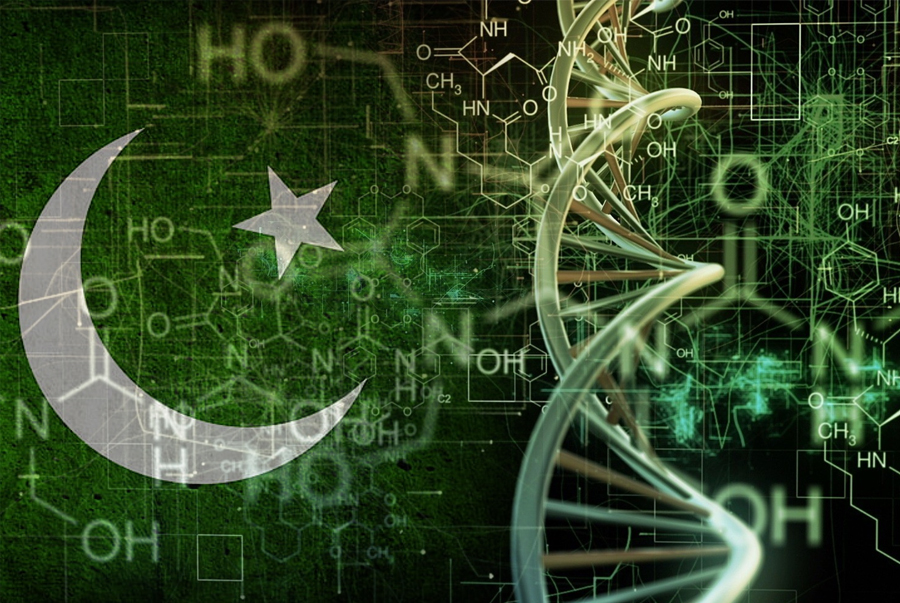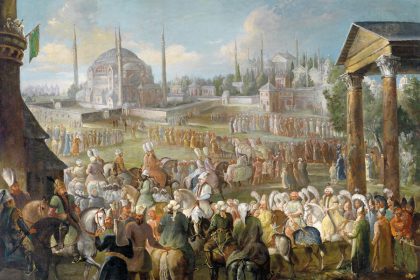Hi readers! You must have become scientists by now, but have you ever evaluated somebody or something? If not, let’s evaluate science in Pakistan. I am confident, it will be an amazing experience for you.
The background
Evaluation and rewarding science in Pakistan is an interesting story and speaks volumes about its apathy. It used to be evaluated by Ministry of Science and Technology (MoST) through which monitory benefits of different magnitude are awarded to those who fulfill their criteria (to PCST, those who could publish in impact factor journal and accumulate citations are productive, the rest are not). This benefit was called Research Productivity Allowance (RPA) and was introduce in 2001 for the scientists who are productive. Finance Division approve RPA while Pakistan Council for Science and Technology (PCST): one of the organizations attached with MoST was authorized for its disbursement.
The method of incentivization
Apparently, the primary motive was encouraging science and the scientist in the country. Initially, two factors Journal impact factor: JIF and National Citation Index: NCI each with 50% weightage were considered for the year 2001 and remained continue up to 2009-10. Based on this, seven categories (A-G) were made. Category A comprised scientists who acquired over 300 cumulative points (CP) and were entitled to PKR (Pak Rupees) 100,000 per month per person. Similarly, category B with CP 201-300, C with 151-200, D with 100-150, E with 51-100, F with 21-50 and category G with CP 5-20 and were entitled to PKR 75,000., 50,000., 30,000., 17,000., 10,000 and 5,000 per month per person, respectively. However, the problem here was that all those who could write and published even a note in “Impact Factor” journal were considered eligible for monitory benefits and the rest who mostly belonged to Agricultural and Engineering science were ignored and hence, they all became envious to the winner of RPA which aggravated when they observed that,
“winning RPA has become one of criteria for getting promotions and other benefits”. This discrimination was a disincentive to those who work in the field to develop high yielding and/or disease resistant staple and cash crops crop varieties, which force them not only to lobbying against RPA but also to look and/or manage publications and that is how fake science and fake scientists/pseudoscientist started mushrooming in the country”
Looking at the scenario, the authorities decided in 2009 to broaden the criteria of awarding RPA to include applied research into the loop. The scheme was renamed as Research Productivity Award instead of Research Productivity Allowance. The revised criteria included Agriculture Research Output (ARO) for those who worked in the field and could not publish papers but, cumulated score. This way, corresponding amount of monitory benefit were reduced while categories (A-G) remain the same. Minimum cumulative score of ICA was 30 and above with monitory benefit of PKR 350,000 per Annum. Similarly, monitory benefits for category B., C., D., E., F, and G were reduced to PKR 250,000., 200,000.,150,000., 100,000., 75,000 and 50,000 per person per Annam, respectively.
With this change, those who kept getting PKR of 100,000 per month (1200,000 per annum) were moved down to the level of PKR 350,000 per year. Anyone can feel their agony.
Another big change was made again by including researchers and foreign faculty members working in private scoter Universities and Institutions in Pakistan to include research papers published by foreign faculty for the work they did in Pakistani Institutions/Universities which ultimately will contributes not only to the total number of international research publications from the country but will also crease rating of the Universities and Institution on which the RPA is based. People working in the applied sciences were again left behind.
The criteria was revised again for the year 2013 and 2014. This time, International books, patents granted, Ph. D. research supervision (an incentive that prompted professors to registered up to 15 Ph. D., research students with them), research grants won, International publications and applied research output was also considered. Even a casual look at this criterion will amply indicate that it will favor only those who are in basic and not those in applied sciences. Hence, this again gave edge to those who publish extensively in impact factor journal, do research which can win National International research grants and end up in patent filing while agriculturist were left behind. Their papers in International journals usually gets rejected on the basis that they are of local relevance which force these scientists to lobby extensively with Universities and authorities to accept papers published in local journals with or without impact factor which the authorities accepted reluctantly.
With this door opening, each university started their own journal and scores of papers started appearing in every issue as if publishing machines were fixed in every department. Specific groups were made with unwritten agreement that one group will cite papers from another group and vice versa. This way they accumulate citation index. Some groups made international connections with groups perusing identical interests. After 2-3 years, some of these local journals started accumulating impact factor. Papers from International scientists started pouring in of which some were published, some rejected while some were copied and published with local names.
This criterion was revised once again for 2015 and 2016. Inspired from the papers published in the world-renowned journals where one paper some time carries over 50 authors and everyone accommodated in the benefit scheme, it was decided to give credit to all the authors in a paper which mean “divisibility” of the number of contributing researchers while weightage of citations increased, thus giving equal weightage to impact factor and citations. Approved Crop Varieties, engineering design/process and medical devices were also considered for RPA. The remaining criteria remained unchanged.
For 2017-2018, the major change was made in the form of inclusion of h-index, civil awards if bestowed upon anybody and external research grants for RPA. Value of impact factor was reduced from 30 to 20%, and 10% marks saved this way were allocated to new parameter citation per article.
This was the last change because from 2018, RPA has been halted for the reason(s) best known to the then government. No credible detail of International publication from Pakistan is available after this period. It is abundantly clear that research in Pakistan has been incentivized as a policy declared by the Government through her own Institution: the PCST. Those who work in the agriculture field were asked to provide details of any crop variety, area that it covered, income that it provided to the farmers and overall impact of that crop variety on the agricultural productivity in the country which cannot be assessed unless and until the variety kept growing for 4-5 years consecutively in the field.
“None of such questions, it means economic benefit and/or social impact on the overall society were ever asked to those who publish almost 10 papers per annum”
Clearly, those who struggle in the field for 8-10 years to develop a variety/device were discouraged while fake science, fake data, fake publication and getting impact factor and citation index through such activities were encouraged. This was a yearly exercise and is exactly what the Royal Society Open Science published in 2019 said in an article titled
“Fake science and the knowledge crisis: ignorance can be fatal”.
Conclusion
The author concluded the article with the following remarks:
“In the battle for truth, individual scientists, professional associations, academic institutions and funding bodies must act to put their own house in order by promoting ethics and integrity and de-incentivizing the production and publishing of false data and results. They must speak out against false information and fake science in circulation and forcefully contradict public figures who promote it. They must contribute to research that helps understand and counter false information, to education that builds knowledge and skills in assessing information and to strengthening science literacy in the society”.
In my view, such practices destroy social fabric, knowledge base, creativity, education and literacy which is a pre-requisite for producing knowledgeable, visionary, skilled and educated society which otherwise will be seen as a huge crowed of uncouth people
My words
But what happened when “an individual scientist” tried to communicate “necked truth” to those who matter is an eye-opening story which cannot be describe here because it was conveyed to me anonymously (but I know it is true) when I was one of the members of Board of Governors, Center of Excellence in Molecular Biology (CEMB), University of the Punjab, Lahore, Pakistan. Those interested can come to me and I will let him/her know.
Food for thought
Dear readers,
“the world is talking about Hypersonic Space Stations and discriminating if “HAVANA Syndrome” is scientific/technical or psychological problem” while here are we and the state of our science, yet PCST claims that,
“there is a major gap in the relevance of highly qualified manpower produced and the socio-economic development priorities of the country”
Dear HEC’s and PCST’s, who is responsible for this development?
“People will work every bit as hard to fool themselves as they will to fool others which makes it very difficult to tell just where the line between foolishness and fraud is located” Robert E Park
See you next week. Happy new year and
Bye.






One Comment
Farooqe Azam
January 5, 2023 at 2:00 amOne factor probably missed here regarding standing of the scientists/researchers is that those who supervised plenty of M. Sc/ theses were given huge weightage when listing productive scientists, though hardly any publication came out of those theses. In most situations those at the helm of affairs pushed for criteria that suited the favorite. In any case, the RPA led to immense fake publications based on cooked and/or stolen data